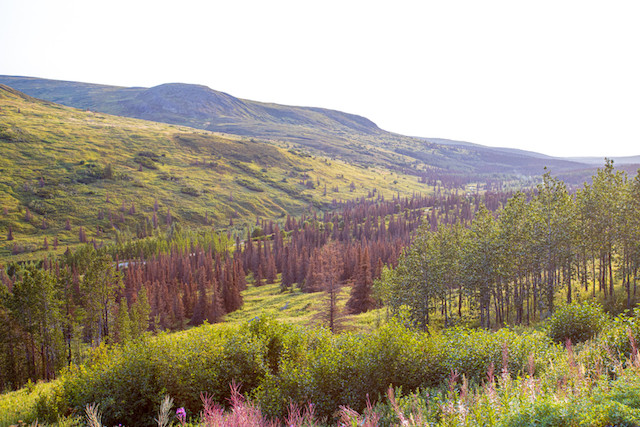“This considerably increased the risk of a pandemic in the years to come in the event that periods of drought reoccur, especially in older or disadvantaged groves,” environment minister Carole Dieschbourg (déi gréng) wrote in response to a parliamentary question.
The spruce bark beetle feeds and breeds between the bark and wood of living spruce trees. When the larvae emerge they feed on the inner wood layers, weakening and even killing the tree. A common sign that a spruce has a bark beetle infestation is a change in colour of the foliage from green to reddish-brown.
The minister wrote that until now, some 55,500 cubic metres of spruce wood damaged by the bark beetle or wind had been felled in public woodland. No figures were available on the trees that had been felled on private land because of infestations, but Dieschbourg suggested the damage was high, particularly in the north of the country.
Since the first attacks recorded in 2018, stakeholders have formed a working group to set out solutions to better manage the outbreak. They jointly published a brochure which advises, among other things, to remove trees with spruce bark beetle infestations.
“Indeed, each contaminated spruce is susceptible to produce thousands of individuals which attack neighbouring trees. It is also recommended to give up spruce plantation, notably as a monoculture, in order to progressively reduce the reproduction of this type of beetle.
